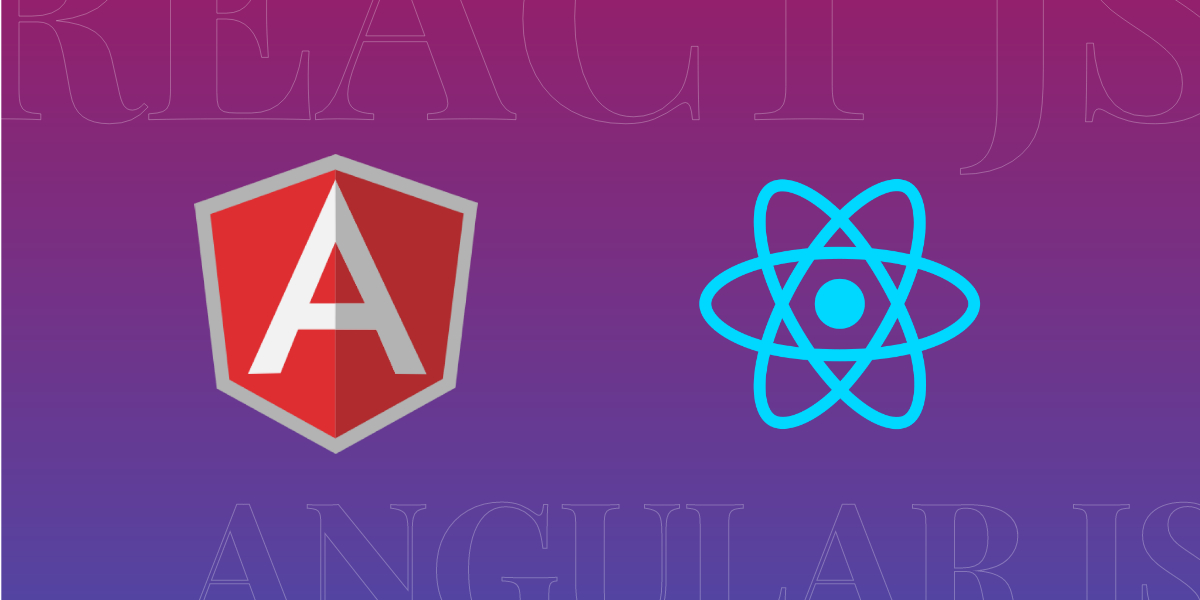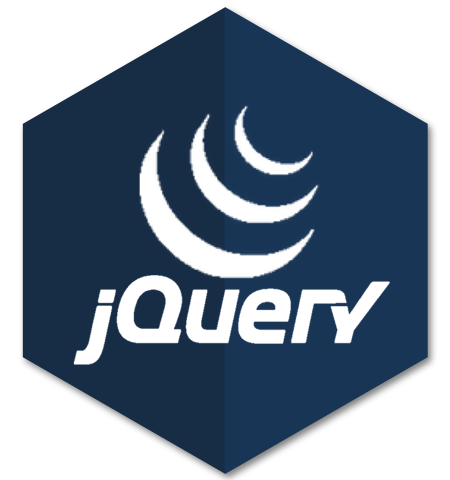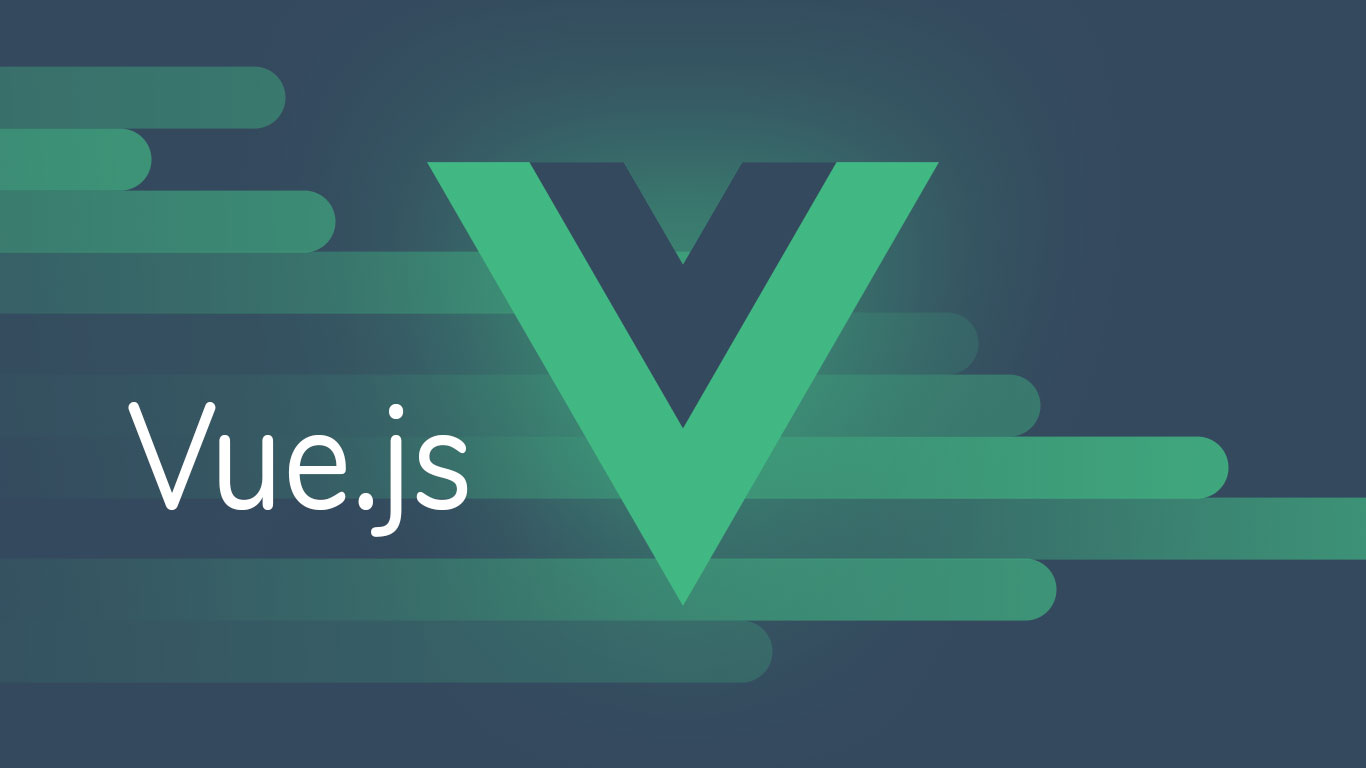Description
Introduction
This training focuses on building dynamic and interactive web applications using two of the most popular JavaScript frameworks: Angular and React. Angular is a comprehensive framework by Google designed to create full-scale single-page applications (SPAs), while React, maintained by Facebook, is a lightweight library primarily used to build user interfaces. Both have their own unique strengths, and understanding both can help developers decide which one best suits their project needs.
By the end of this training, you will have a solid understanding of both frameworks, their key concepts, and the ability to implement them in real-world applications.
Pre-requisites:
Before starting this course, participants should have the following knowledge and skills:
- Basic knowledge of HTML, CSS, and JavaScript:
- Proficient in building static web pages.
- Comfortable with ES6+ syntax.
- Basic understanding of Node.js and npm:
- Ability to install packages using npm or yarn.
- Familiarity with command-line tools:
- Basic experience navigating and executing commands via terminal or command prompt.
- Experience with Git:
- Familiarity with Git for version control.
- Understanding of asynchronous programming:
- Promises, async/await, and handling asynchronous operations in JavaScript.
Table of Contents:
This structure provides a comprehensive path from basic understanding to advanced application of both Angular and React, helping participants grasp the essential concepts of modern frontend development.







Reviews
There are no reviews yet.